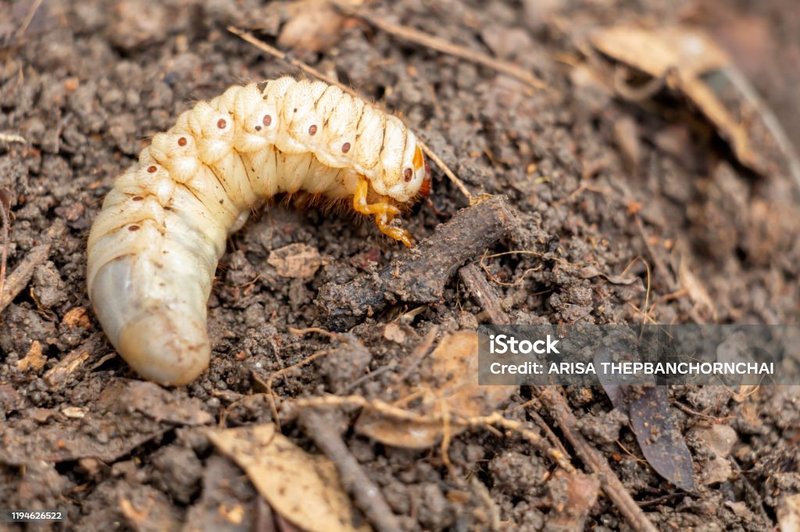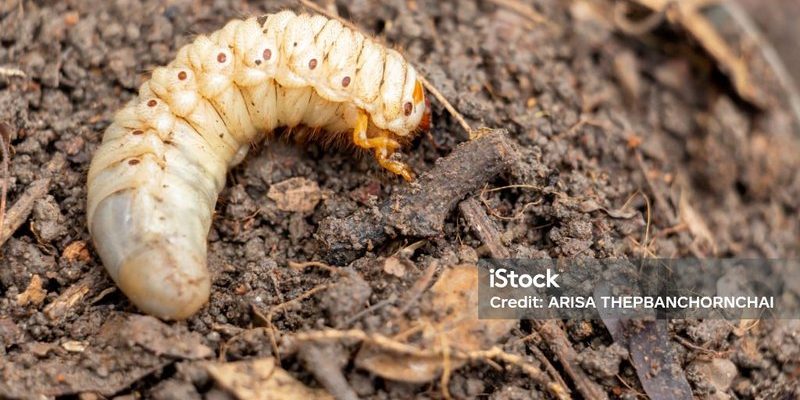
So, why the surge of interest in using grub worms as animal feed? With the rising cost of traditional feed options and concerns about the environmental impact of conventional farming, grub worms offer an innovative solution. They require less land, produce fewer greenhouse gases, and can convert organic waste into high-quality protein. Honestly, it’s a win-win!
What Are Grub Worms?
Grub worms, scientifically known as *Hermetia illucens*, are the larvae of the black soldier fly. You might recognize them as the creepy-crawly things found beneath decaying organic matter. While they may not win any beauty contests, these larvae are nutritional powerhouses. They can reach maturity in just a few weeks, and they thrive on a diet of food scraps, making them nature’s composters.
They’re not just a random weird thing in the compost; grub worms are packed with protein and healthy fats. In fact, they can contain up to 40-50% protein by weight, depending on their diet. This makes them an excellent source of nutrition for various animals, including chickens, fish, and even pets like dogs. Imagine feeding your chicken a snack that’s not only tasty but incredibly healthy!
Benefits of Farming Grub Worms for Animal Feed
You might be wondering why grub worms are gaining so much attention as animal feed. Well, there are several compelling reasons to consider their farming:
- Sustainability: Grub worms can be grown on organic waste, like fruit and vegetable scraps. By converting food waste into feed, we reduce landfill use and lower greenhouse gas emissions.
- Space-Efficient: They require much less space compared to traditional livestock. You can farm them in smaller areas, making them a great option for urban farming.
- Fast Growth: Grub worms can mature quickly, allowing for rapid production cycles. You could potentially harvest them within just a few weeks!
- Nutritional Value: Rich in protein and essential fatty acids, grub worms are a high-quality feed alternative. They also contain important vitamins and minerals.
Farming grub worms isn’t just about eco-friendliness; it’s also about creating a reliable food source for your animals. And let’s be real—who wouldn’t want to be part of a solution that’s good for the planet and for our furry and feathered friends?
How to Farm Grub Worms
If you’re sold on the idea of farming grub worms, let me explain how it works. You don’t need a huge farm or a lot of fancy equipment. Here’s a simple step-by-step guide to get you started:
1. **Choose a Container**: You can use plastic bins, wooden boxes, or even repurposed pallets. Just make sure the container has good airflow.
2. **Create a Substrate**: Fill your container with a mix of bedding material like soil, sawdust, or shredded paper. This will provide a suitable environment for the larvae to grow.
3. **Add Food Waste**: Toss in your kitchen scraps! Grub worms love fruits, vegetables, and grains. Just avoid anything too acidic or fatty.
4. **Maintain Conditions**: Keep the substrate moist but not soggy. The ideal temperature for growth is between 75-85°F (24-29°C).
5. **Harvest Your Grub Worms**: After around 14-21 days, your grubs will be ready for harvest. You can separate them from the substrate by using various methods, like sifting or simply pouring them out!
Farming grub worms can be an exciting journey, and you might even find yourself more connected to your food system. Plus, you’ll have a steady supply of feed for your animals!
Potential Challenges of Farming Grub Worms
Now, before you dive headfirst into grub worm farming, let’s talk about some possible challenges you might face.
- Pest Control: If not managed properly, you might encounter pests that can threaten your grub population. Regularly check your bins and maintain hygiene to prevent infestations.
- Temperature Sensitivity: Grub worms thrive in warm conditions. Extreme cold can kill them, while excessive heat can cause them to die off or slow growth.
- Consistency of Food Waste: If you’re relying on food scraps, you’ll need a steady supply. If you don’t have enough waste, it might affect the growth rate of your grub worms.
Honestly, just like anything else, there’ll be a learning curve. But with patience and some trial and error, you can overcome these hurdles and reap the benefits.
Grub Worms vs. Traditional Animal Feed
You may be curious about how grub worms stack up against traditional animal feed options. Let’s break it down a bit.
- Cost: While initial setup costs for grub farming may be higher, the long-term savings on animal feed can be significant. Traditional feed prices fluctuate and can often spike.
- Environmental Impact: Grub worms have a much lower carbon footprint than producing meat for feed or growing corn and soy. They’re a much more sustainable choice!
- Nutrition: Grub worms outperform many traditional feeds in protein content and overall nutrition, providing a balanced diet for your animals.
Comparing grub worms to conventional feed feels like holding up a modern gadget next to a brick phone—it just makes sense to go with the smarter option!
Are There Regulations for Farming Grub Worms?
You might be wondering if there are any rules or regulations around farming grub worms for animal feed. Appropriate regulations can vary based on where you live. In many places, the use of black soldier fly larvae as animal feed is legal and encouraged due to its sustainability.
However, it’s a good idea to consult your local agricultural department or regulatory agency. They can provide guidance on permits and any specific requirements you may need to meet. Taking these steps ensures that you’re farming grub worms safely and legally!
Farming grub worms as animal feed is more than just a trendy topic—it’s a step towards a sustainable future. With their high nutritional value, rapid growth rate, and ability to convert waste into food, these little critters could change the way we think about animal nutrition.
So, whether you’re a backyard farmer, a homesteader, or just someone curious about alternative feeding methods, consider giving grub worms a chance. You’ll not only be helping your animals thrive, but you’ll also be making a positive impact on the environment. Who knew that such tiny creatures could hold the key to a more sustainable future?

